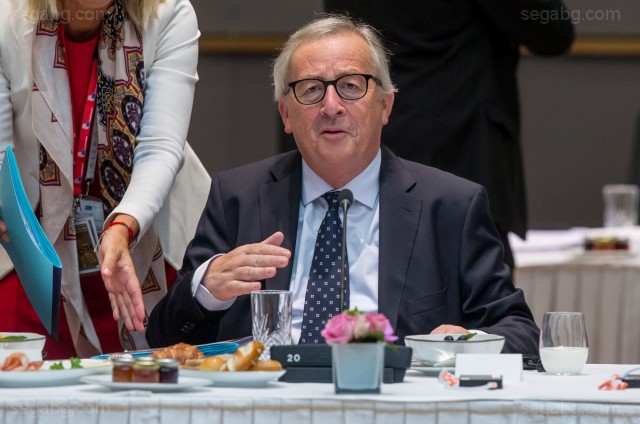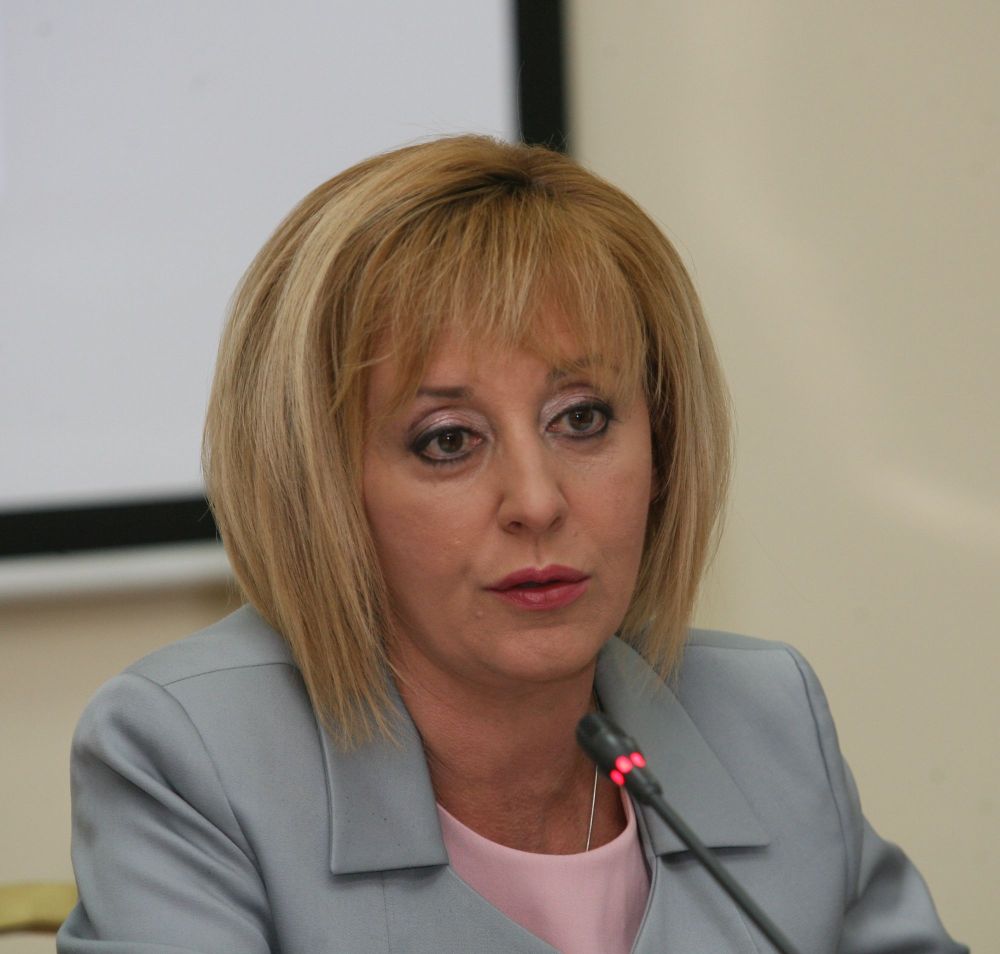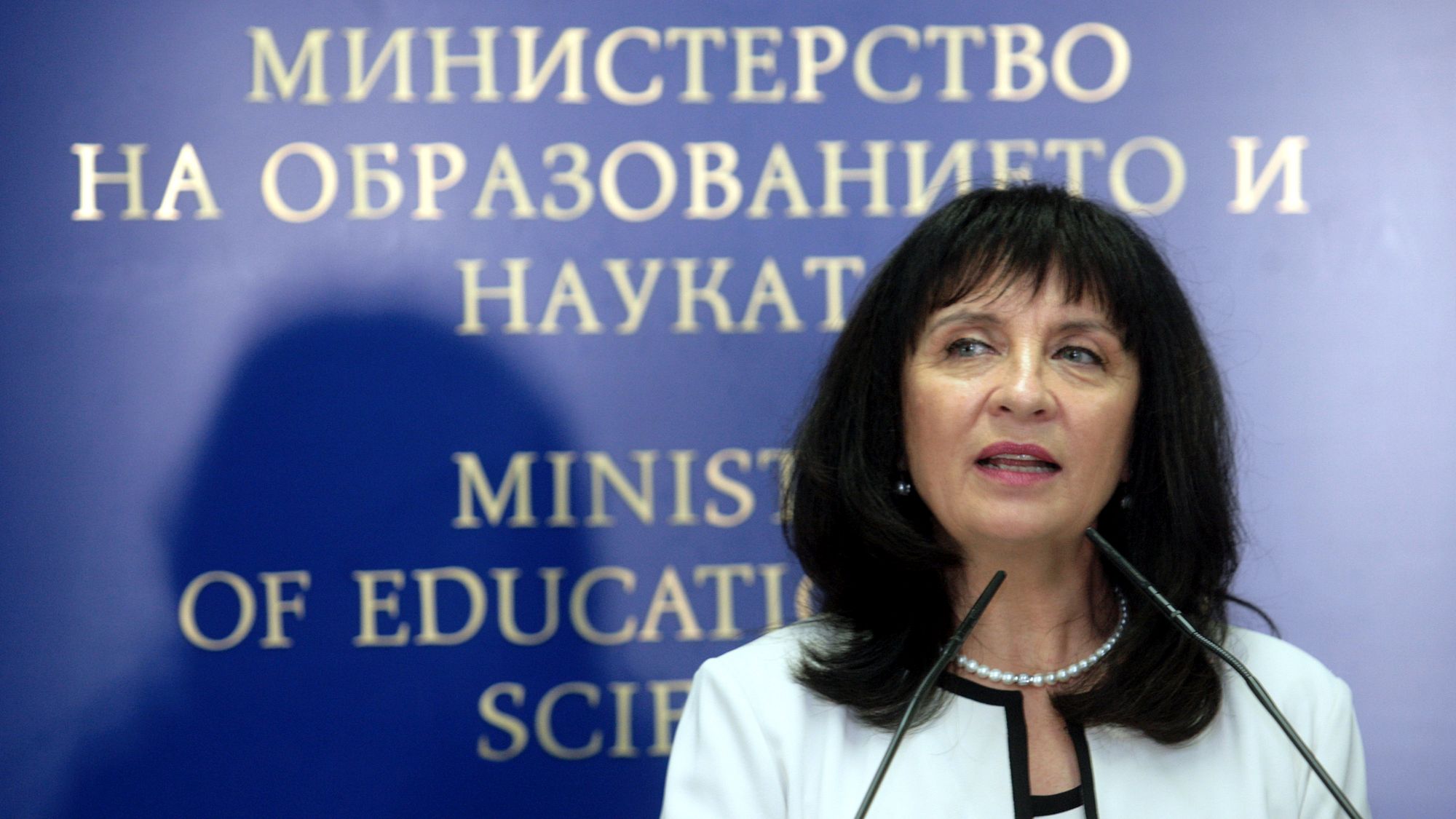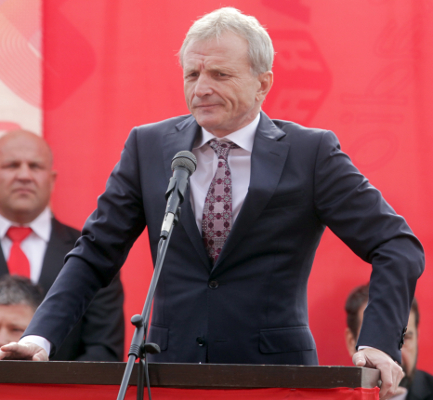|
21 Март 2006 11:36
Kолкото и невероятно да звучи това, което Салин казва в по-голямата си част е вярно. БВП на глава 2500$ в Беларус, България 3000$, но цените са значително по-ниски , особено на електроенергията, горивата и храните. Населението на Беларус е стабилно с 11 промила раждаемост, 14 промила смъртност и около 3 промила имигранти основно от изненада Украйна.
В сравнение България раждаемостта е 9 промила (според някой повече от половината е на цигани и турци) смъртност 14 промила и емиграция 4 промила тоест почти -1% на година. Продължителността на живота е 69 години(главно заради ранната мъжка смърт от алкохолизъм 63години) срещу 72 в България. Аз направо бях шокиран, мислех си, че живеят къде къде по зле от нас, а то какво се оказало.
Ето коментар от световната банка.
Developments since independence
At independence in 1991, Belarus inherited one of the highest standards of living in the former Soviet Union (FSU). Since then, the country has passed through several political and economic phases. During 1991-1995, with the support of international organizations, Belarus initiated preliminary reforms toward transforming into a market economy.
From late 1995 onwards, however, the Government sought to insulate its population from the pain of reform by protecting jobs and wages. The state retained control over most production resources, and a significant share of GDP was allocated to social expenditures and subsidies. Market-oriented reforms were very limited.
GDP declined by an estimated 40 percent in 1992–1995, but the growth then resumed in 1996. Since then statistics show a continuous and substantial growth in GDP and industrial production, reaching a peak in 1997-1998. Growth began at a time when almost all other FSU countries continued to experience a decline, and persisted through the regional economic crisis of 1998–1999. Rates of GDP growth in 1999-2002, in the aftermath of the Russian financial crisis of 1998, were relatively moderate, but accelerated in 2003 to 7 percent and further to 11 percent in 2004.
Recent economic performance
Economic growth in Belarus has been broad based and driven primarily by the favorable external environment, growing demand on the traditional Commonwealth of Independent States (CIS) markets, and internal consumption, stimulated through the administratively-imposed growth of average salaries, as well as by the rigidly enforced increase in labor productivity and challenging targets for energy efficiency.
The very low level of foreign direct investments (FDI) has been partly mitigated by centrally-directed state investments in combination with the efficient rehabilitation, modernization, and utilization of the physically well-preserved Soviet production capacities, which were temporally closed down in the early nineties. Due to the peculiarity of the Belarusian economic potential inherited from the Soviet Union, characterized by the over-concentration of the high-tech military and other relatively modern processing enterprises, the economic revival in Belarus has been more employment intensive as compared to many other FSU countries, where growth and exports remain concentrated in the extracting sector with limited employment opportunities. Resumption of economic growth contributed to the reduction in poverty, with the 2004 poverty headcount ratio falling to 17.8 percent, less than half of its 1999 level, while inequality increased only marginally.
The Belarus Country Economic Memorandum, a comprehensive study undertaken by the World Bank in 2004-05, identifies the following macroeconomic risks for the current growth strategy:
• Low international reserves aggravated by no access to international capital markets;
• High dependence on export market with Russia;
• Large size of the government;
• High concentration of the economy;
• Low level of FDI;
• Fragility of the banking sector;
• Unfriendly business environment and underdevelopment of private sector.
|





























 Това, което стана в Украйна и Грузия няма да се повтаря до безкрай, ама задокеанските стратези още не са се светнали да сменят тактиката
Това, което стана в Украйна и Грузия няма да се повтаря до безкрай, ама задокеанските стратези още не са се светнали да сменят тактиката 

